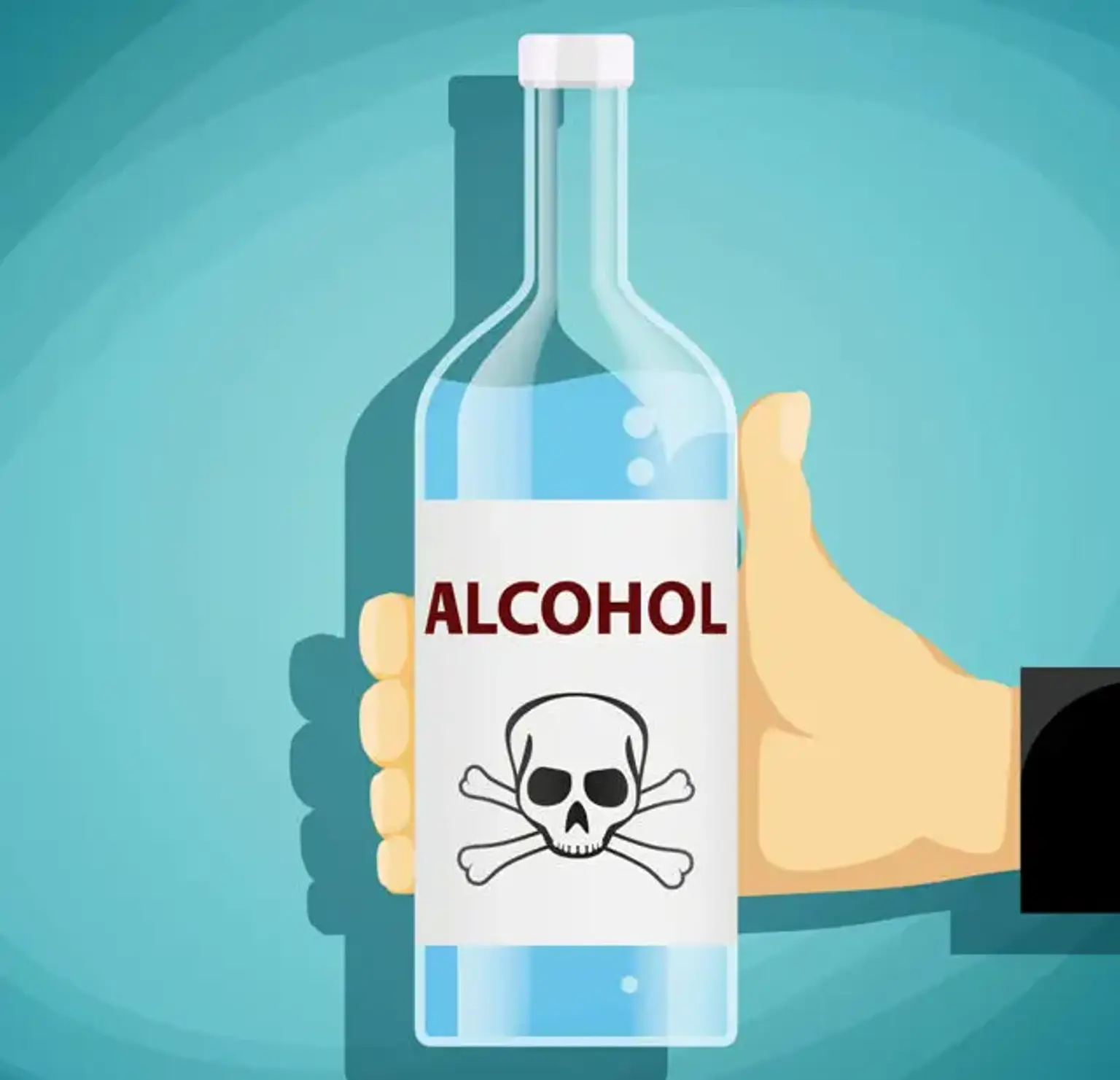Introduction
Overview of Alcohol Poisoning
Alcohol poisoning is a life-threatening condition caused by consuming large amounts of alcohol in a short period. It occurs when the body cannot process the toxic levels of alcohol, leading to impaired brain functions, irregular breathing, and even death in severe cases. With rising rates of binge drinking worldwide, understanding alcohol poisoning is essential for everyone—not just heavy drinkers. Whether you consume alcohol occasionally or regularly, being aware of the risks and symptoms can save lives.
Importance of the Topic
Alcohol poisoning is particularly prevalent among young adults, often due to binge drinking at parties, bars, or other social gatherings. However, this danger extends to anyone who underestimates the effects of alcohol or mixes it with medications. The Centers for Disease Control and Prevention (CDC) reports thousands of alcohol-related deaths annually, emphasizing the need for awareness. By identifying symptoms early and taking swift action, many lives can be saved.
Understanding Alcohol Poisoning
What Is Alcohol Poisoning?
Alcohol poisoning, also known as alcohol overdose, is the result of consuming excessive amounts of alcohol faster than the body can metabolize it. When alcohol enters the bloodstream, it interferes with vital bodily functions, such as breathing, heart rate, and temperature regulation. This leads to dangerous conditions like hypothermia, seizures, or unconsciousness. It's important to remember that alcohol affects everyone differently based on factors such as weight, gender, and tolerance levels.
